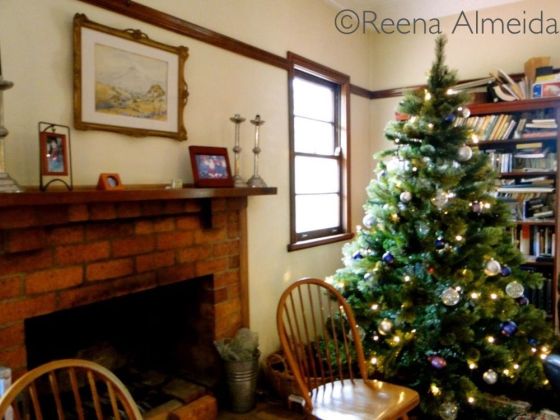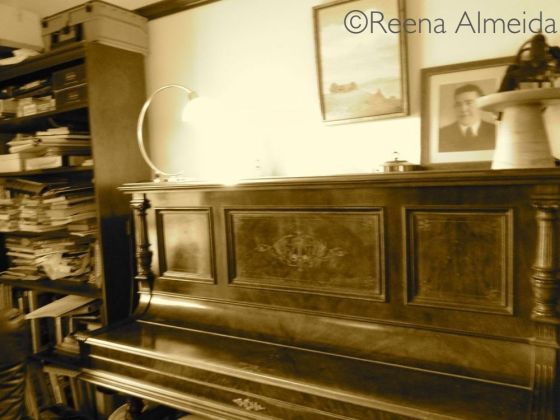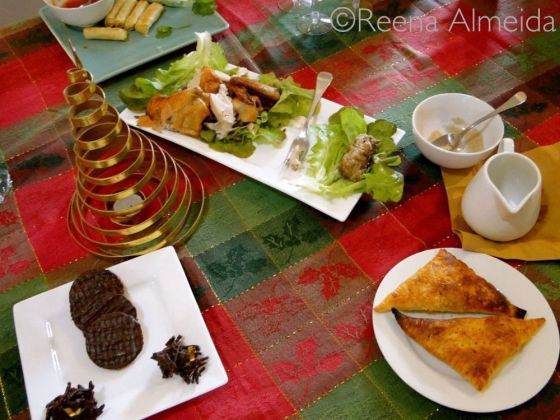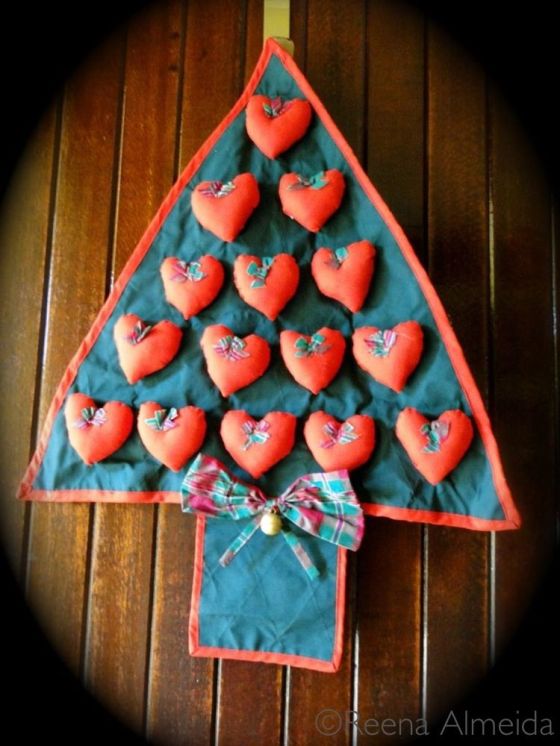The catholic East Indian community is deeply embedded within the ethos of Vasai and so much a part of the original culture of the place, that it is at times hard to distinguish between us and most Maharashtrians.
Take our churches – decorative elements, sculptural styles and even the Eucharistic service itself are redolent of the original culture of the land. You will find floral motifs like the kamal (lotus), daasungi (hibiscus), aamba (mangoes) mingling freely with vines and roses. Idols of saints sport clothes with a strong Indian character and the hymns and prayers rely heavily on Indian musical elements like raag and are often accompanied by the peti (harmonium), tabla (drums) and in the case of a few rare churches, the sitar.

Our Lady of the Sea Church, Uttan
To attend a feast mass is to take part in a true indulgence of the senses with elements like the aarti (veneration using incense and unguents), the prayer dance and melodious instruments and singing. Even the Passion of the Christ is enacted in Marathi on Good Friday in a similar (albeit less festive) vein.
In fact on Good Friday, some of the churches in Vasai are known to invite members of the Sangh Parivaar. I may be wrong here, but from what I gather, inviting the Sangh Parivaar is a recognition and sign of acceptance of the hindus populating Vasai. I suspect a delegation of catholics are similarly invited to Hindu festivals and gatherings.

A rotating statue of Our Lady of Fatima
The point is, the East Indians in Vasai perhaps have more in common with the hindu culture and way of life than the ones elsewhere.
This has percolated into our daily lives to a great extent ever since the old days.
In our kitchens, we cook nevries or karanjis for our festivals and pickles and papaddums are prepared in much the same manner.
In our fields, old farm technologies like the raath are still very much in use.
The older menfolk in some areas still wear dhotis and some of the women folk still mark the center of their hairline with sindoor or kumkum.
The elaborate gothas or cribs (nativity scenes) constructed by some of the younger folk during Christmas time usually incorporate these similarities in culture and if you ever take a walk in the villages during Christmas, you will know the true extent of this marvellous assimilation.

The Cross in my garden
Our gardens are homes to a similar quintessentially Vasai East Indian feature – grottoes and crosses. Most houses – big or small – feature at least one cross or grotto in their gardens. Nearly every village has at least one main cross – which also functions as a cross to halt at during a parish-wide Station of the Cross procession on Good Friday.

Sacred Heart icon designed in a traditional style
The months of May and October especially, are dedicated to rosaries and prayer ceremonies conducted at the cross or grotto in the garden. Friends, neighbours and relatives are invited on these occasions for a 30-minute rosary or prayer service by the family conducting it and then treated to sherbet (cold-drinks) and baafleley channey (boiled grams) and if it is summer, cake and kulfi (Indian iced-gelato on a stick).
The garden at my maternal home has a cross that was erected by my grandparents around the time my parents built the house. Usually, each family has a fixed day on which they conduct the house or cross rosary – ours was conducted on the day of my grandfather’s birth and usually in the evenings, after most people returned from work.
Preparations for the rosary would start a day or two in advance with mum buying grams and dad stocking on Rasna (a brand of mix-at-home sherbet) and sugar.
The next day my sister and I would be put to work to mix all that Rasna and sugar with water (tiresome I tell you!) to make the concentrate syrup. The retro glasses (every family had at least two sets) would also need a scrubbing for the occasion and guess which two girls had to do the honours?
My uncles would then mix this concentrate with water or soda on the day of the rosary to serve to the guests. This was back in the days when Sprite and Fanta were considered deluxe drinks and people were willing to completely disregard convenience.
On the rosary day, my sister and I would be dispatched to the far corners of the village and to the houses of our many relatives in the neighbouring villages to invite people personally for the rosary service. We would set out on borrowed bicycles (when we didn’t have our own) and visit each catholic house in the village to invite people with a carefully rehearsed invite. Village friends our age would be similarly deployed by their parents or uncles and aunts for rosaries in their families.

A grotto outside the church at Uttan
A decade ago, when the rosary attendance in the village fell really low, the (catholic) village heads introduced a rule where at least one member from each family was required to attend any rosary services that a family conducted. Families that failed to do so were fined at yearly meetings. It worked.
A regular rosary service is made up of the main rosary (Our Father, Hail Mary-Holy Mary, the Glory) and is interspersed with hymns – all in Marathi in a traditional East Indian household like ours. This is followed by a bible reading, prayers of the faithful and finally – when granddad was alive – a hymn in Latin.
The drinks and grams were then served by the children of the family and leftover grams were wrapped up in newspaper pudis (packets) and handed to each family. There were always leftover grams and nobody said no – no matter how badly the channas were cooked.
Little traditions are what communities are built on and sustained on and the cross or grotto rosary is one such staple that the East Indians of Vasai religiously cling to and enjoy. Even in this age of Sprite and plastic cups and 15-minute prayers. The style may have changed, but the spirit remains the same.










